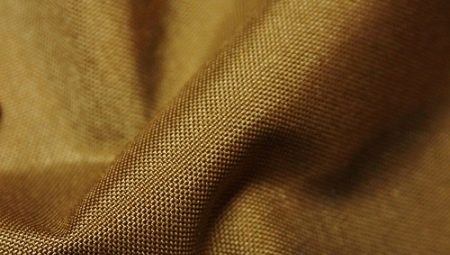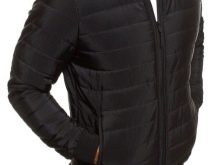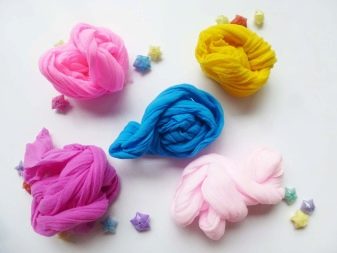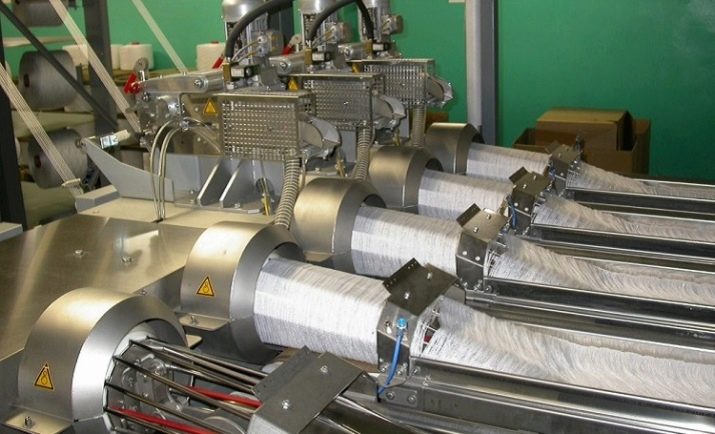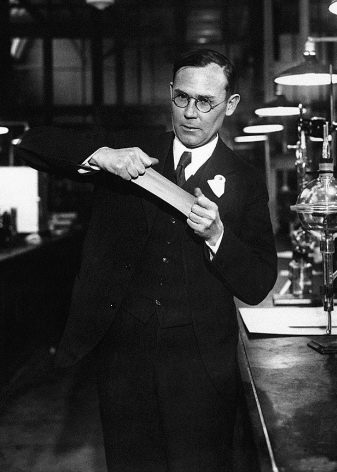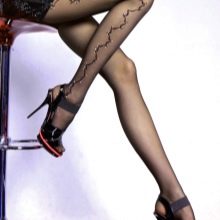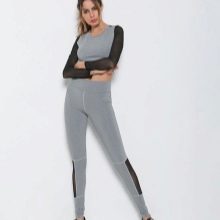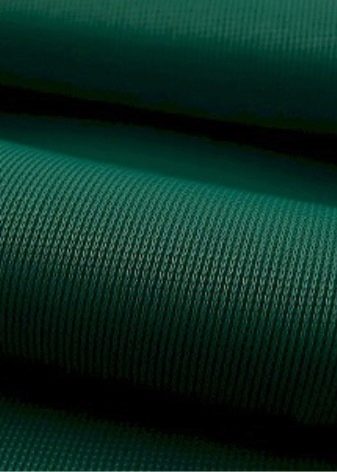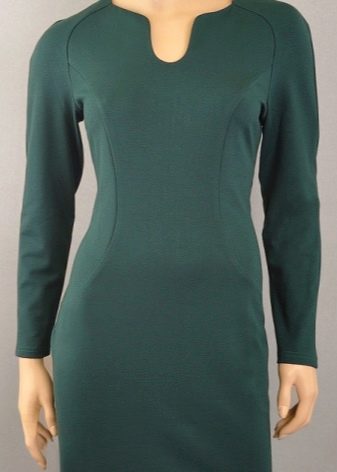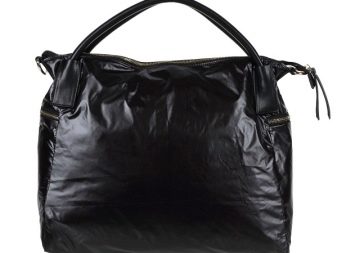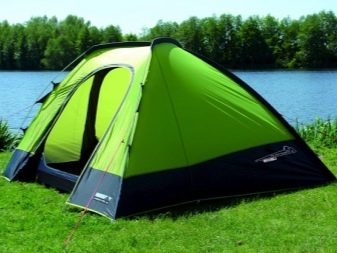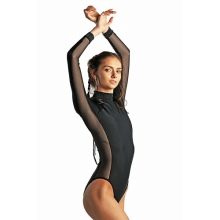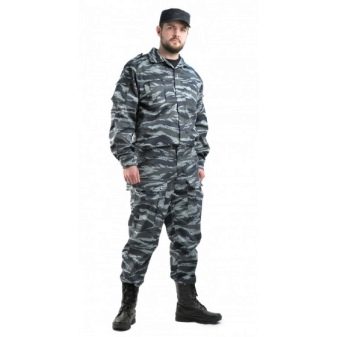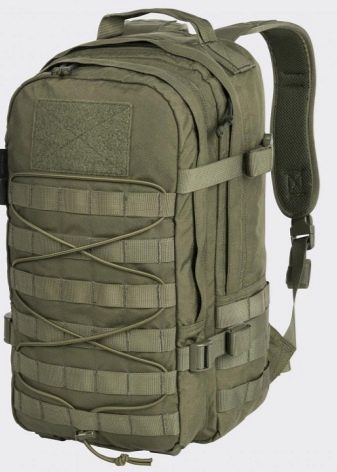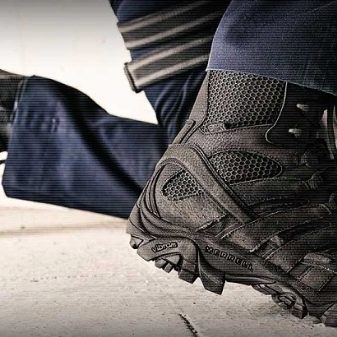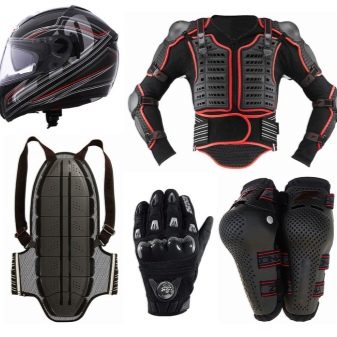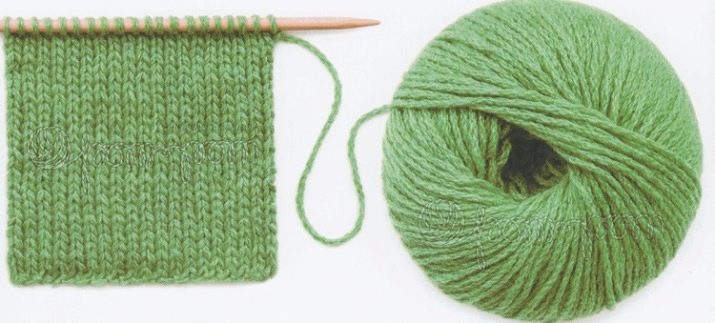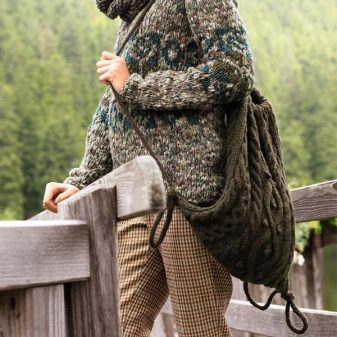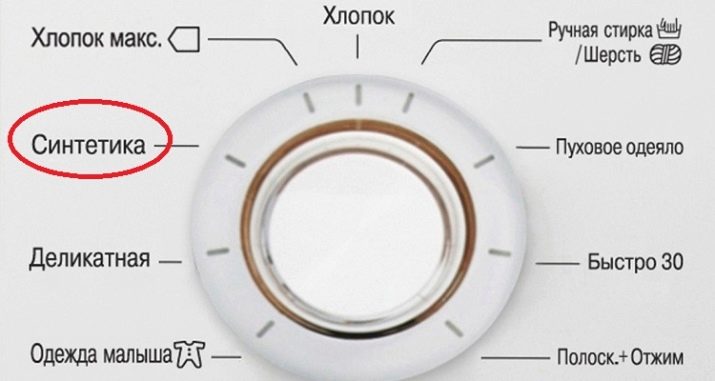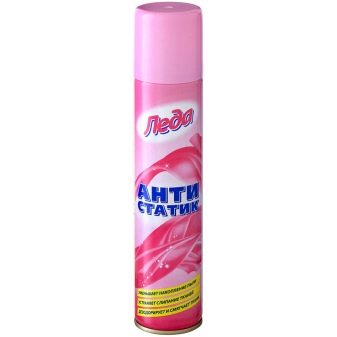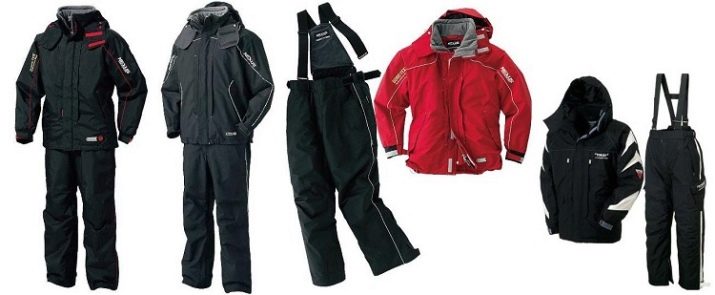In the modern world, wherever you look, everywhere, one way or another, there are synthetic materials. After dozens of years of craze, the term “synthetics” today sounds almost like a curse, and is completely in vain.
Furniture upholstery, ropes, cords, travel equipment, military camouflage, tents, bags, backpacks, umbrellas, food packaging - all made of nylon.
Description
Actually, nylon is a whole family of polymers (synthetic polyamides). Under the usual name hiding such species.
- Nylon. In Russia, it is called anide, in the USA - nylon 66.
- Poly-ε-caproamide. In Russia - capron, in the USA - nylon 6.
- Poly-ω-enantoamide. In Russia - enant, in the USA - nylon 7.
- Poly-ω-undecanamide. In Russia - undecane, in France and Italy - Rilsan, in the USA - nylon 11.
There are more varieties of this polymer, differing by additives to the main substance - polyamide - to obtain the desired properties. For example, introducing into the composition of graphite, get a polymer with electrical conductivity.
Nylon is synthesized on the basis of amide and acetic acids, during the polymerization of which a new substance is formed, which in a molten state can stretch to the finest fiber, without losing its strength properties. To produce such a fiber, the polymer melt is passed through special caps with many tiny holes. After cooling (the polymer can cool both during blowing and in special baths) synthetic fiber - nylon thread - is wound on a bobbin. Everything, "yarn" is ready. Then, a synthetic fabric is woven from it on an ordinary weaving machine - here the process is no different from the production of fabrics from natural fibers.
This 100% suture material has different characteristics, but the main thing is that it does not get wet and is durable. It can be easily dyed and smoothed at home, given all our recommendations. The paint must be of high quality in order to hold on securely. When melting, nylon is quite simply painted in any color.
A bit of history
Nylon was synthesized in 1935 in America by Wallace Carothers at DuPont. The discovery of neoprene and polyester also belongs to this brilliant organic chemist. As for nylon (it was then called polyamide 6.6), it became available to the general public since 1938, immediately creating a furor as an excellent material for the manufacture of women's stockings. Debut took place at the World Expo in New York. After it, the excitement was terrible, just think: silk stockings were sold as a fake, issued as nylon.
Since 1939, with the beginning of the Second World War, the monopoly on the synthesis of nylon passed to the military industry - all production facilities were used to produce goods for the army: parachutes, tents, awnings, body armor and covers for equipment are still made of nylon. After the war, nylon triumphantly returned to a peaceful life and continued its march across the planet.
Scope of application
In addition to the usual fabrics, nylons are widely used in industry:
- rigid nylon - ekolon - used for the manufacture of plastic products;
- nylon coating is applied to the contacting surfaces to reduce the coefficient of friction in metal bushings, housings and bearing shells for reliable and durable operation of mechanisms;
- thin nylon films are used for food packaging in the food industry;
- in the nylon auto industry, airbags are made, some parts are under the hood of the car: engine covers, cooling and heating components, etc .;
- synthetic strings are made of nylon for instruments such as guitar, dombra and some others;
- in dentistry, dentures are made from it, as an alternative for patients with allergies to acrylic and metal.
Nylon “blossomed” in the 50s in the textile industry, becoming, perhaps, the most fashionable material. Without it, production of the following products is unthinkable today.
- Hosiery. They are elastic, keep their shape well, especially in the heel area, due to the method of production: heat-setting on the form-template. They do not stretch on the shins, cling to the ankle, do not slip when worn - it is not surprising that as soon as such a miracle occurred, nylon stockings snapped up faster than hot cakes.
- Swimwear and underwear. The property of nylon to encircle the body, slightly slacking curvaceous, appreciated by manufacturers of corrective underwear. Bright and quick-drying swimsuits are indispensable for relaxing on the sea.
- Casual, top, military and sportswear. Lightweight, durable, well-stretched, gryaze- and water-repellent, bright and indelible clothing made of nylon is relevant today.
- Tourist and military tents and backpacks. Windproof, waterproof tents and durable backpacks that can withstand considerable weight, resistant to damage - such goods are readily bought up by participants in hiking trips, expeditions, outdoor enthusiasts and, of course, the military departments.
- Sports and travel bags. Necessary in any journey, even just going to the gym, nylon bags, lightweight and durable, will not find a replacement for a long time.
- Domes and parachute lines. Here nylon and to this day firmly holds the palm.
- Sails for river and sea small vessels. Although the time of sailing in the past, sailing go quite actively, for example, participating in a regatta.
- Curtains, bedspreads, tablecloths. It does not absorb dirt, repels water, is easily and efficiently washed, bright and durable - nylon home textiles are very popular.
- Kevlar body armor. Appearing in the 50s, during the Korean War, a vest from several layers of nylon saved many lives.
- Life jackets. Bright inflatable life-saving appliances ensure water safety.
- Flags. A nylon flag would have fluttered on the moon, where it was installed by Neil Armstrong, if the moon had an atmosphere and, accordingly, a wind.
- Covers and awnings. Under them, and hiding military equipment, and tables in the cafe. Both mobile phones and hunting rifles are hidden in the covers.
Properties
Clothes and products from nylon will please you:
- aesthetic appearance - gloss and smoothness nylon is very similar to silk;
- brightness and durability of colors and shades;
- lightness - the body practically does not feel the weight of the tissue;
- durability and durability, without losing the shape, appearance and color of the new thing;
- inability to rot;
- unpretentious care, because such clothes can be worn after washing, without wasting time on ironing: the fabric is almost not wrinkled, it is easy to wash it even in cold water with your hands, dry it for a short time;
- impermeability, which is undoubtedly very valuable for upper autumn-winter clothing;
- democratic price.
Any medal has two sides - along with the excellent qualities of nylon, which made it for some time more expensive than natural silk, there are also disadvantages.
- The potential allergenicity of the composition of synthetic fabric, which can fully manifest when wearing things in hot weather: sweating, sensitive skin will react with itching, redness and peeling. It is possible to get rid of this lack of nylon clothes, having put under it things from natural materials.
- Does not pass water and air. However, what is a disadvantage for, for example, a summer blouse, will be a clear advantage for the autumn jacket.
- Nylon can not be exposed to high temperatures - the fabric is deformed.
- Accumulates static electricity ("electrified").
- Not environmentally friendly - does not decompose naturally, contributing to environmental pollution.
Varieties
To improve some of the properties of nylon, the fabric is reinforced, impregnations are used, polymer films are applied, and other fibers are added to the threads.
Stretch Nylon
In order to increase its elasticity, elastomers are added to nylon threads (polymer fibers with high elongation) - elastane, which is lycra, also known as spandex. Such fabrics are more often used for tailoring sportswear. It fits tightly to the body, not constraining movements. The smoothness of the surface is appreciated by athletes in those sports where it is necessary to minimize aerodynamic drag, for example, in cycling races.
The labels of such sportswear will contain the inscription: “Polyamide 80%, Lycra 20%” or “Nylon 80%, Lycra 20%”.
Ripstop
It is possible to write the name of both “ripstop” and “rip-stop”. Reinforcement is used to increase the strength of the nylon fabric. Strengthening threads stitch such a fabric along and across, evenly, indented 5–8 millimeters, forming “cells”. If a sharp object penetrates the tissue, the damage is likely to be limited to one such cell. Ripstop has found its use as a durable fabric for sewing clothing for hunting, fishing, hiking and expeditions. Also from it sew covers for weapons and mobile phones, flags, sails and parachutes, awnings and awnings.
Cordura
This is a fabric of chopped and twisted fibers, covered with silicone or polyurethane film to enhance the water-repellent properties of nylon. Mainly used for the manufacture of military or tourist equipment: clothing, backpacks, tents and awnings. The concept of a collective, so called many strong nylon fabric, although the name "Cordura" is the name of the brand.
Kevlar
Due to the difference from nylon to just one group of atoms, Kevlar has such unique strength that several layers of fabric are able to stop bullets. True, while it is noticeably heavier than nylon. From Kevlar they produce body armor, and for peaceful purposes they are used in the manufacture of boots for tracking and equipping motorcyclists.
Fabrics from natural fibers with the addition of nylon (mixed)
Many natural fabrics without synthetic impurities stretch too much or “sit down”, the clothes of them quickly lose their original appearance when worn and repeated washes. The addition of nylon threads extends the life of products made from fabrics such as cotton or wool, while maintaining an attractive appearance and shape.
Yarn Ban-Lon
The uniqueness of this yarn is that the ban itself, like the products made from it, is capable of absorbing a quantity of water 13 times more than the weight of the yarn itself. It would seem a strange property for hydrophobic (that is, repelling moisture) nylon. This is explained not by the absorption of water directly into the material of the thread, but by the retention of H2O molecules between the crimped yarn fibers.
A yarn is used for knitting sweaters, making hats, scarves and gloves: air is preserved inside such products, providing heat insulation.
Care instructions
The simplicity of nylon clothes care has made him the favorite of the ever-hurrying residents of big cities.The same property is very much appreciated in field conditions - not only do the products practically not absorb dirt, they are easy to wash even with cold water. In order not to spoil the thing, follow a few fairly simple recommendations.
- Do not expose to high temperatures, do not wash at temperatures above 30-40 degrees. Both hand wash and machine wash and spin are available. If you are washing in an automatic washing machine, it is better to choose a special program "Synthetic" or "Delicate fabrics", otherwise remove the incomprehensible crumpled, deformed lump from the washing machine. Of course, you can not digest nylon products.
- If for some reason you decided to iron the nylon thing, do it very carefully, setting the iron relay to the lowest possible temperature, because it is very easy to burn such fabric.
Before ironing, try to iron the thing with a corner of the iron in an inconspicuous area, for example, from the inside of the cuff.
- Do not dry on batteries and heaters, do not expose to direct sunlight: you risk burning a delicate nylon fabric or removing a warped thing from the heater.
- Do not use chlorine bleach. You can hopelessly spoil the color of a bright product or, instead of bleaching, you will achieve yellowing of the white thing. Choose active oxygen based bleaches. Yes, they are more expensive, but much more effective and guaranteed not to spoil the fabric.
- Sort underwear before washing: white clothes or a nylon tablecloth will instantly turn gray when washed with darker "neighbors". Moreover, cotton, synthetics and wool cannot be washed together - they have different optimal washing temperatures.
- Before putting on such clothes, use an antistatic spray so that the fabric is not “sticky”, or use an antistatic conditioner when washing, adding it to the special compartment of the washing machine.
Conclusion
It is now a fashionista wrinkles her nose at the word "synthetics" and refuses to wear a nylon dress. And in the 40-50s of the last century, such things were ultrafashionable. Nowadays, the production of clothes made of polymer has faded into the background, but such invaluable properties as strength, elasticity, wear resistance, air resistance and water resistance of nylon will keep it for a long time from complete oblivion. Military and tourists, fishermen and hunters, parachutists and lovers of sailing regattas are undoubtedly admirers of this inexpensive and “unkillable” material.
Nylon is very good in a mixture with natural fibers for home textiles - tablecloths and curtains - it is loved and appreciated by housewives.
In the following documentary from the "About the Series" series, you will learn about all the secrets of nylon.
